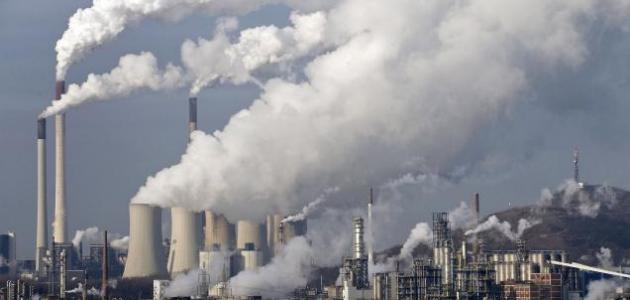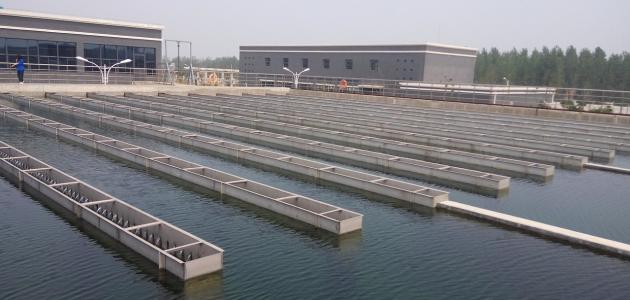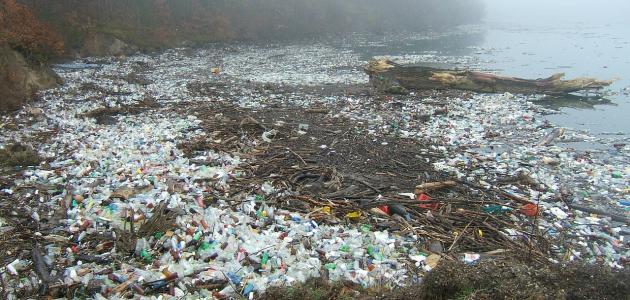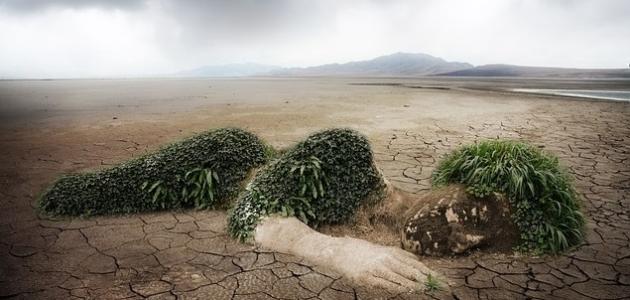air pollution
Air pollution can be defined as the air containing a mixture of particles and gases at harmful concentrations; Smoke, soot, plant pollen, methane, and carbon dioxide are examples of some common air pollutants. It should be noted that air pollution can include outdoor air outside homes, in addition to indoor air, and generally constitutes Air pollution is a major threat to the climate and health; Inhaling polluted air may lead to some serious diseases. such as stroke, heart disease, acute respiratory disease, and lung cancer, thus causing about seven million premature deaths each year.
reasons for air polution
Polluted air contains gases and solid and liquid suspended particles known as aerosols. These pollutants may be emitted from natural sources and human activities. Such as agriculture, chemical industries, mining, and waste treatment operations, in addition to burning fossil fuels to generate electric power, transportation, industrial activities, and homes, and in general, sources of air pollution are divided into four main types:
- Mobile sources: such as cars, trucks, buses, planes, and trains.
- Stationary sources: such as power stations, oil refineries, industrial facilities, and factories.
- Area sources: such as agricultural areas, cities, and wood burning areas.
- Natural sources: such as wind dust, forest fires, and volcanoes.
major air pollutants
Among the most important air pollutants are:
Read also:Waste Recycling- sulfur oxides (Sulfur Oxides, SOX): These are toxic gases resulting from volcanic activities and industrial processes, the most famous of which is sulfur dioxide: (SO2), and sulfur trioxide (SO3).
- Nitrogen Oxides (Nitrigen Oxides, NOX): Among the most famous are nitrogen monoxide (NO), and nitrogen dioxide (NO2), and nitrous oxide (N2O), and its most famous sources are: car exhausts, electric power stations, burning different types of fuel, cigarette smoking, electroplating, welding operations, etc., and its union with sulfur dioxide results in what is known as acid rain (in English: Acid Rain). ).
- Carbon Monoxide (Carbon Monoxide, CO): It is a highly toxic gas that results from incomplete combustion of carbon during fuel combustion processes.
- Carbon Dioxide (Carbon Dioxide, CO2): It is found naturally in the atmospheric air and lands, and is considered a greenhouse gas, which absorbs heat causing the phenomenon of global warming, and it can result from volcanic activities, water springs, or from fuel burning, and it may be toxic when it is exposed to it in closed places, especially .
- Volatile organic compounds (Volatile Organic Compounds, VOCS): These are compounds that contain carbon, and can quickly turn into vapors or gases, and result from many processes such as burning gasoline, coal, glue, or dry cleaning products, and not all of these compounds are toxic However, it has some negative effects depending on its type, duration of exposure, and its density in the air.
- Mercury is in the gaseous state (Hg in Gaseous form): Produced from power plants and other sources to spread in air, water, and soil.
- radioactive pollutants Radioactive Pollutants: resulting from human activities represented in the mining and processing of radioactive materials, storage and disposal of radioactive waste, and the use of radioactive reactions to produce energy. such as nuclear power plants, and others.
- ammonia (Ammonia, NH3): Ammonia can occur naturally, or it can be synthesized.
- suspended particles Particulate Matter, PM: These are liquid droplets and tiny solid particles that remain suspended in the air. The health damages they cause vary according to their size. There are two types of them:
- 2.5 particles (PM2.5): These are particles with a diameter of 2.5 micrometers or less, and therefore are so small that they can pass through the lungs into the bloodstream, and evidence has demonstrated the harmful health effects that result from exposure to these particles over long periods of time.
- 10 particles (PM10): These are particles with a diameter of 10 micrometers or less, and it includes particles of size 2.5 as well. These particles can pass through the throat and nose and enter the lungs once inhaled, affecting the heart and lungs and causing serious health effects.









